2025 Author: Howard Calhoun | [email protected]. Last modified: 2025-01-24 13:10:45
Harrow is an agricultural device known to mankind since ancient times. At the moment, there are several types of this tool, divided according to general and special purposes. What it serves for, classification, application rules, as well as a lot of other useful information can be found in this article.

First appearance of the harrow
A harrow is a tool that appeared during the first method of farming (slash-and-burn). Its essence is deforestation followed by burning of trees, bushes, and turf. The ash was used as fertilizer. Having loosened the earth with a primitive hoe, our ancestors sowed mainly cereals, getting a high yield. In the second year of using the site, it was necessary to apply a more technological method of cultivating the land.
The meaning of the word harrow, as it is understood in the modern world, is agricultural equipment, consisting of a frame with teeth directed vertically. The main purpose is a fine loosening of the soil, which prevents it from drying out, levels, removing weeds. Approximately such a definition of a harrow is given by all dictionaries andencyclopedia.
Our ancestors, realizing the importance of careful care of crops, developed their own methods, even primitive ones. They had 2 types of harrows: smyk and tray. The smyk was split in half short trunks of spruce trees with branches. They bonded with each other. The tray had a more interesting design. This harrow consisted of lime boards. The branches inserted into it played the role of teeth.
Classification of harrows
According to the arrangement of working components, they are divided into tooth, spring, disk. There are light, medium, heavy.
High-quality agricultural work is carried out by using three main mechanical methods: cutting, crushing, mixing. It is necessary to elaborate on each type of harrows, voicing some recommendations for their use.
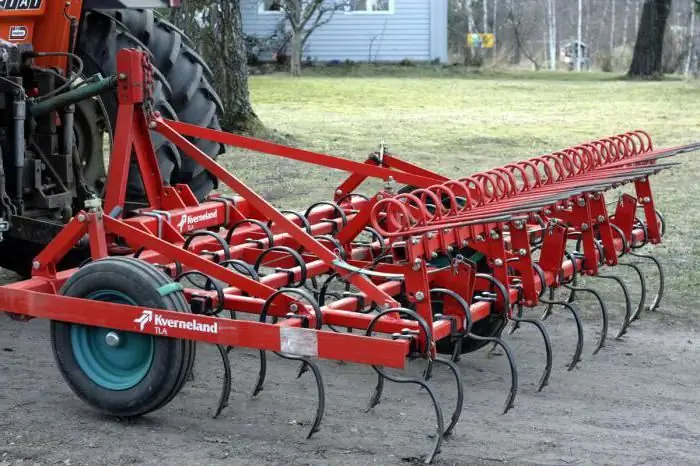
Dental
Working elements (teeth) have a different shape, characterized by a cross section. The most optimal are knife-shaped and flat harrows. The basic principle of the tool is that the sharp edge of the tooth cuts the soil, its side edge crushes and mixes the earth. Therefore, the shape of the part is important. Rectangular, square and round elements, loosening the soil, strongly crush it. This is not observed for knife-shaped and flat teeth. They cut like a wedge, breaking the ground well.
It is worth paying attention to the inclination of the tooth. When placed vertically, the working elements drive particles of earth, roots,which were not strong enough to pull out. As a result, the teeth simply clog, stopping work, as they need to be cleaned.
In a sloping situation, the roots will be pulled to the surface without clogging the fixture.
In modern agriculture of developed countries, a harrow is a highly technological tool. On the one hand, a special shape of the tooth with an inclined setting has been developed. At the same time, special levers allow you to adjust the angle of inclination, adapting to the nature of the cultivated soil.
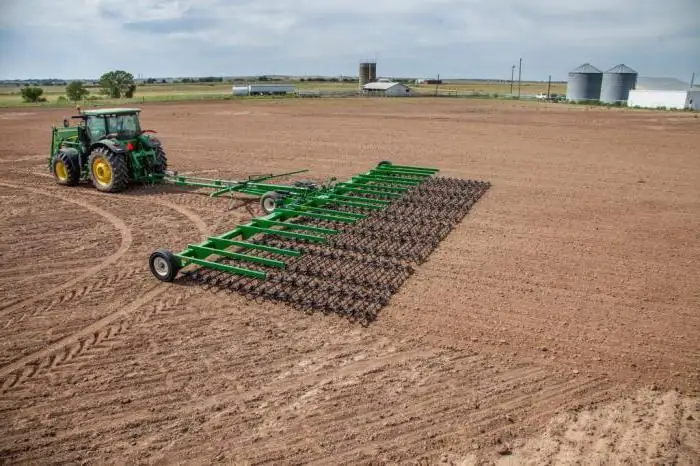
Mesh
Consists of two main elements: a frame and a mesh fabric. The web links are round steel bars with blunt ends. This type of harrow is used for heavy soil (quicksand, clay). It is convenient when applying the first shoots of crops with a height of up to 25 cm. It makes it possible to cultivate the soil during heavy rains or drought. Keeps moisture reserves well and promotes water balance.
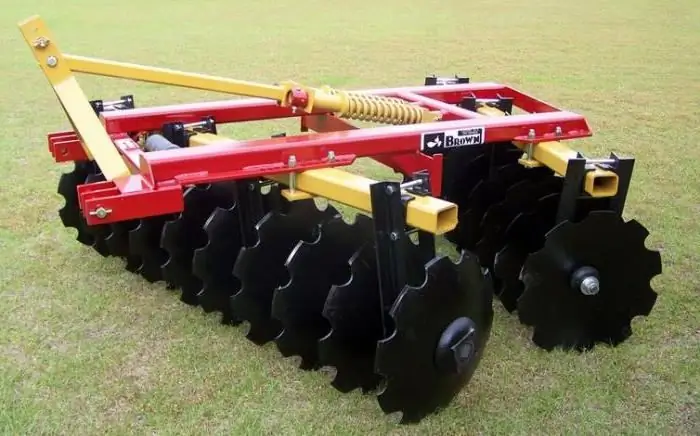
Disc
Divided into heavy and light. The working body is a spherical disk. In light harrows, it has the correct circle shape. Heavy ones have cutouts around the circumference. Several disks are mounted on a square-shaped axis, thereby forming a battery. These batteries are mounted on the frame in two rows at an angle to the direction of travel. Adjusting the angle allows you to dive into the soil at different depths. To increase the depth, in some cases, ballast is used, in the form of boxes. Another way to get more penetration into the soil is to increase the compression of the pressure springs.
A harrow is a necessary tool for agricultural work. Her thoughtful selection from leading producers will not only reduce losses, save time, but also get a good harvest.
Recommended:
TC RF Chapter 26.1. Taxation system for agricultural producers. Single agricultural tax

The article describes the features and nuances of the taxation system for agricultural producers. The rules for the transition to this system, as well as the requirements for taxpayers are given. The rules for calculating tax and accounting for income and expenses are indicated
Agricultural cooperative: concept, types, goals. Charter of an agricultural cooperative
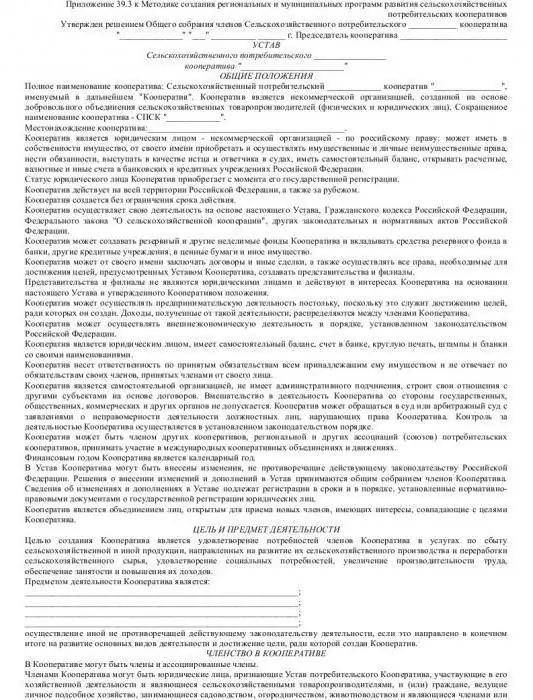
The article discusses an agricultural production cooperative, the consumer form of such an organization and the features of its activities
Agricultural machinery is an important industry
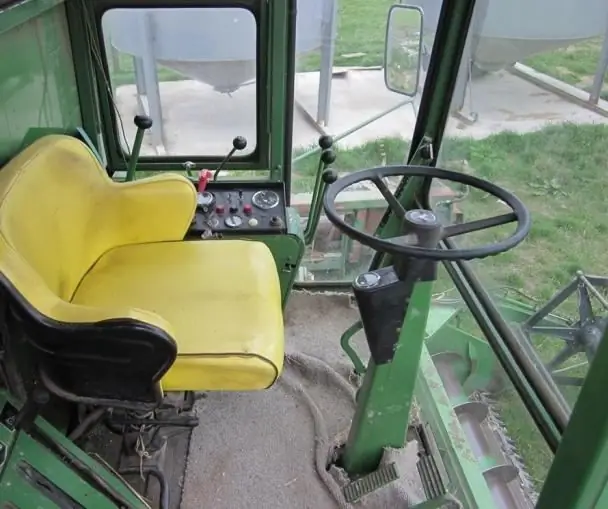
Agricultural engineering plays an important role in ensuring the country's food security, so experts note with satisfaction that in recent years there has been some growth in this sector of the Russian economy. Some enterprises have chosen the “Belarusian way”, equipping the basic equipment with “environmentally friendly” engines, the use of which is required, for example, in Europe
Disk harrow mounted, sectional and trailed. Disc harrow: overview, characteristics, types and reviews
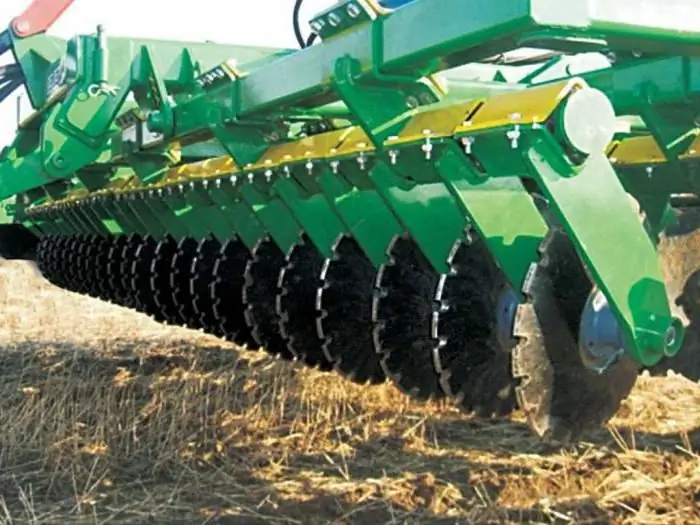
Pre-sowing tillage is unimaginable without a disc harrow - an agricultural tool that can simultaneously perform several operations: leveling the soil cover, loosening the surface, which prevents drying, destruction of the crust and destruction of weeds
The agricultural sector is Features, development and problems of the agricultural sector of the Russian Federation
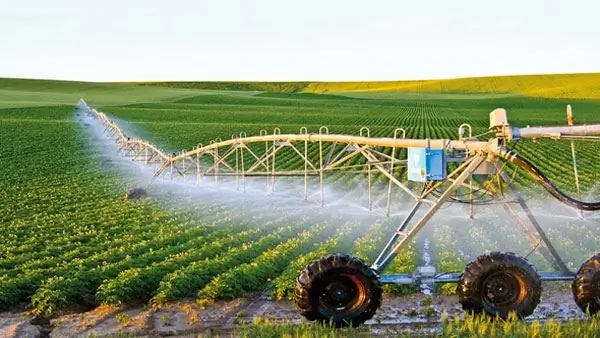
Food provision of the population through crop rotation on the basis of national land resources has a well-founded environmental, technological and energy basis, formed over the centuries. Therefore, today the agricultural sector is one of the most promising areas of the national economy, which also does not stand still and develops, increasing the attractiveness of rural areas

